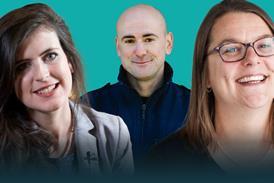Are we more than just our brains?

Following a recent Big Conversation, Dr Erik Strandness explores the relationship between the brain and mind, near death experiences, the existence of the soul and the perceived conflict between religion and science
Dr Erik Strandness, in a two part article, comments on The Big Conversation between Christian speaker and former neuroscientist Dr Sharon Dirckx, author of Am I Just My Brain?, and atheist philosopher Dr Emily Qureshi-Hurst, author of God, Salvation, and the Problem of Spacetime, in which they discussed the relationship between the brain and mind, the existence of the soul, and the unusual phenomenon of near death experiences (NDE). To watch or listen to the whole Big Conversation episode, click here.
Mapping the homeland
When one enters a discussion about the mind and soul, one crosses into that fuzzy… (Register to read the rest of the article)
Want to read more? REGISTER FREE for Premier Unbelievable? Membership!
If you are already a Member or have an account with another Premier website, you can SIGN IN now.
Register for a FREE Premier Unbelievable? Membership
Be equipped to confidently defend your Faith, tackle untruths and demonstrate that the Gospel is good news for everyone.
Membership includes unlimited access to the website, a weekly newsletter, bonus content and much more.
To continue reading REGISTER FOR FREE MEMBERSHIP






















